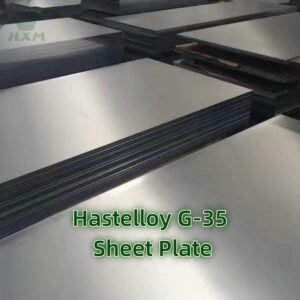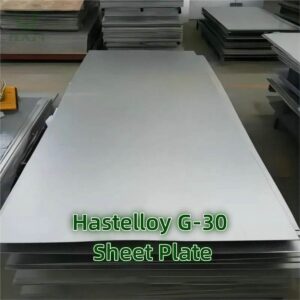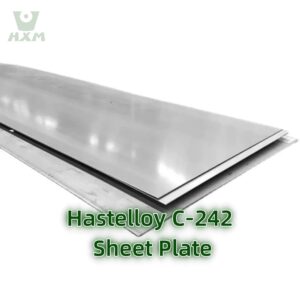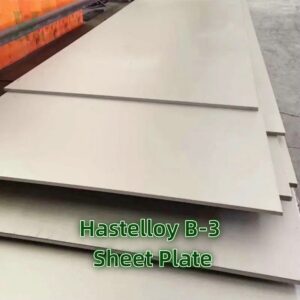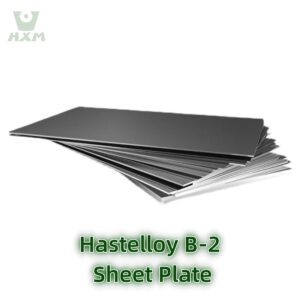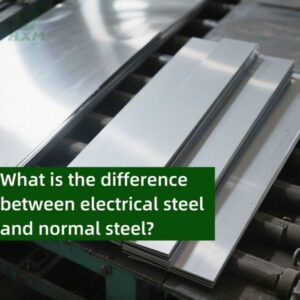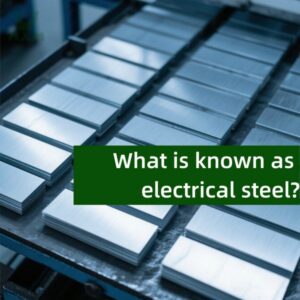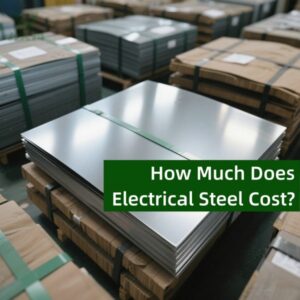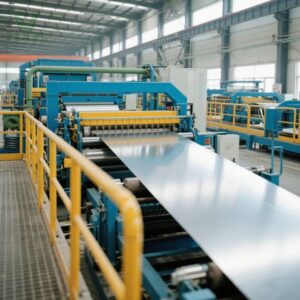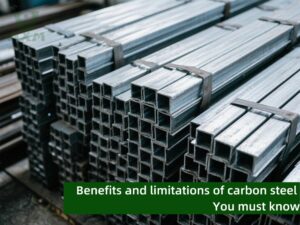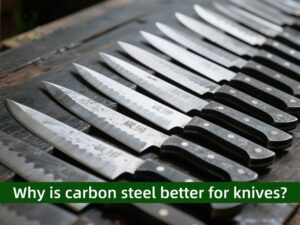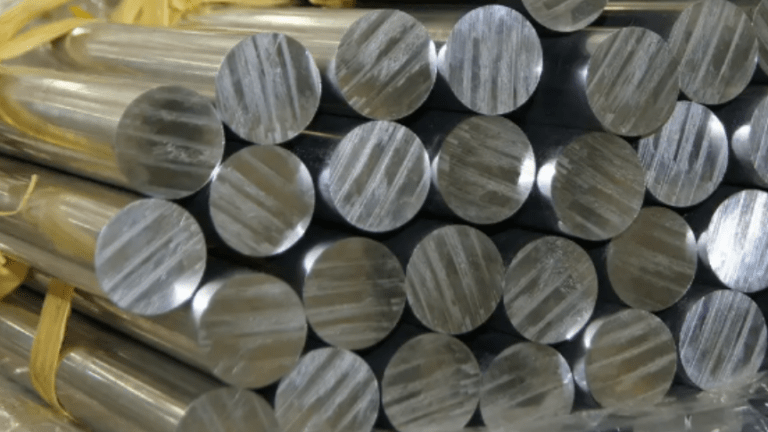
Hastelloy B3 vs C22 are both nickel-based alloys that belong to the Hastelloy family of materials, renowned for their exceptional corrosion resistance in various environments. However, despite their similarities, these two alloys differ significantly in their composition, properties, and applications. In this article, we will delve into the intricacies of Hastelloy B3 and Hastelloy C22, highlighting their key differences to provide a comprehensive understanding of these alloys.
Hastelloy B3 vs C22 – Composition
The primary difference between Hastelloy B3 and C22 lies in their chemical composition. Hastelloy B3 is primarily composed of nickel, molybdenum, and cobalt. The molybdenum content in Hastelloy B3 is higher than that of Hastelloy C22, making it more resistant to corrosion in reducing environments. On the other hand, Hastelloy C22 has a higher concentration of nickel and chromium, along with molybdenum and tungsten, conferring it with enhanced corrosion resistance in oxidizing environments.
Hastelloy B3 vs C22 – Corrosion Resistance
Both Hastelloy B3 and C22 excel in corrosion resistance, but they demonstrate this resilience in different conditions. Hastelloy B3 is particularly suitable for applications involving reducing acids, such as sulfuric acid, phosphoric acid, and hydrochloric acid. Its high molybdenum content gives it excellent resistance to pitting and crevice corrosion. Conversely, Hastelloy C22 is renowned for its resistance to oxidizing acids like nitric acid and oxidizing salts. Its chromium content contributes to the formation of a protective oxide layer that shields the alloy from corrosion.
Hastelloy B3 vs C22 – Mechanical Properties
In terms of mechanical properties, Hastelloy C22 typically exhibits higher strength and hardness compared to Hastelloy B3. This is due to the difference in alloying elements and their respective contributions to the microstructure of the materials. Hastelloy C22’s higher nickel and chromium content, combined with molybdenum and tungsten, results in a stronger and more durable alloy. Hastelloy B3, while not as strong as C22, still possesses sufficient mechanical properties for many applications.

Hastelloy C-276 belongs to nickel-molybdenum-chromium-iron-tungsten nickel-based alloy, which is one of the most corrosion-resistant modern metal materials.
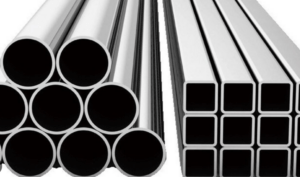
Hastelloy X is a nickel-based superalloy known for its exceptional high-temperature strength and oxidation resistance.
Hastelloy B3 vs C22 – Fabrication and Weldability
Both Hastelloy B3 and C22 can be fabricated using various techniques, including hot and cold working, machining, and forming. However, their weldability characteristics differ. Hastelloy B3 is generally easier to weld than Hastelloy C22 due to its lower tendency to form intermetallic compounds during welding. This reduces the risk of weld decay and ensures a more reliable weld joint. Hastelloy C22, while weldable, requires more care and attention during the welding process to avoid the formation of brittle phases and to maintain corrosion resistance.
Hastelloy B3 vs C22 – Applications
The choice of Hastelloy B3 or C22 often depends on the specific operating conditions and corrosive environments encountered in a given application. Hastelloy B3 is commonly used in chemical processing plants, pulp and paper manufacturing, and oil and gas refining, where it is exposed to reducing acids and chloride-containing environments. On the other hand, Hastelloy C22 finds its application in the production of nitric acid, waste incineration, and flue gas desulfurization systems, where it must endure oxidizing acids and high temperatures.
Hastelloy B3 vs C22 – Cost
Cost is another factor that influences the choice between Hastelloy B3 and C22. Generally, Hastelloy C22 tends to be more expensive than Hastelloy B3 due to its higher nickel content and the complexity of its manufacturing process. However, the cost-effectiveness of each alloy should be evaluated based on the specific application requirements and the overall lifecycle cost, including maintenance and replacement costs.
Why Choose Huaxiao Alloy?
In summary, Hastelloy B3 and C22 are both exceptional alloys with unique corrosion resistance properties suitable for different applications. Hastelloy B3 excels in reducing environments and is often used in chemical processing and oil and gas refining. On the other hand, Hastelloy C22 demonstrates superior resistance to oxidizing acids and is preferred in nitric acid production and waste incineration.
Thank you for reading our article and we hope it can help you to have a better understanding of the differences between Hastelloy B3 vs C22. If you are looking for Hastelloy B3 & C22 suppliers and manufacturers online now, we would advise you to contact Huaxiao Alloy.
As a leading supplier of high-performance alloys from Shanghai China, Huaxiao Alloy offers high-quality Hastelloy B3 & C22, Hastelloy C4, Hastelloy G50 Alloy, Hastelloy D205, Hastelloy G30 (UNS N06030), Hastelloy C-2000, and Hastelloy X alloy at a very competitive price.

Hastelloy C-276 belongs to nickel-molybdenum-chromium-iron-tungsten nickel-based alloy, which is one of the most corrosion-resistant modern metal materials.

Hastelloy X is a nickel-based superalloy known for its exceptional high-temperature strength and oxidation resistance.
Hastelloy B-3 is a nickel-molybdenum alloy known for its superior resistance to hydrochloric acid and other strongly reducing environments. Its closest equivalents in terms of composition and corrosion resistance are:
- UNS N10675 (Unified Numbering System designation)
- DIN 2.4600 (German equivalent)
- Alloy B-2 (an earlier version, but B-3 has improved thermal stability and corrosion resistance)
While other alloys like Monel or Inconel may share some properties, Hastelloy B-3 is specifically designed for environments with aggressive reducing agents, making it unique in its category.
Hastelloy C-22 (UNS N06022) is a nickel-chromium-molybdenum-tungsten alloy that offers excellent resistance to oxidizing and reducing environments. Its closest equivalents include:
- UNS N06022 (Unified Numbering System designation)
- DIN 2.4602 (German standard)
- Alloy 22 (a common alternative name)
- Inconel 622 (similar nickel-based corrosion-resistant alloy)
- VDM Alloy 22 (a trade name for the same composition)
C-22 is often preferred over other corrosion-resistant alloys because of its exceptional versatility in handling mixed industrial chemicals.
Hastelloy B and C series alloys are both nickel-based but differ significantly in their chemical composition and corrosion resistance:
| Feature | Hastelloy B (B-2, B-3) | Hastelloy C (C-22, C-276) |
|---|---|---|
| Main Elements | Nickel (Ni), Molybdenum (Mo) | Nickel (Ni), Chromium (Cr), Molybdenum (Mo), Tungsten (W) |
| Corrosion Resistance | Excellent in reducing environments (hydrochloric acid, sulfuric acid) | Excellent in both oxidizing and reducing environments (chlorides, ferric acids, sulfuric acid) |
| Oxidation Resistance | Poor (not recommended for oxidizing conditions) | Superior oxidation resistance |
| Thermal Stability | Improved in B-3 compared to B-2 but still limited | Excellent at high temperatures |
| Common Applications | Chemical processing (HCl and sulfuric acid handling) | Aerospace, marine, pollution control, chemical industry |
In summary, Hastelloy B-series is best for reducing environments, while Hastelloy C-series provides broader corrosion resistance across multiple environments.
Hastelloy B-3 is a nickel-molybdenum corrosion-resistant alloy that offers:
- Superior resistance to hydrochloric acid at all concentrations and temperatures.
- Enhanced thermal stability compared to Hastelloy B-2, reducing the risk of precipitation-induced corrosion.
- Resistance to localized corrosion such as pitting and stress corrosion cracking.
- High strength and excellent weldability, making it suitable for chemical processing and acid-handling applications.
It is widely used in industries like chemical processing, pharmaceuticals, and pollution control where aggressive reducing environments are present.
The terms “Grade B” and “Grade C” in steel often refer to different material specifications, particularly in carbon steel and alloy steels:
| Feature | Grade B Steel | Grade C Steel |
|---|---|---|
| Common Standards | ASTM A106 Grade B (carbon steel), ASTM A516 Grade B (pressure vessel) | ASTM A106 Grade C, ASTM A516 Grade C |
| Carbon Content | Moderate carbon content | Slightly higher carbon content |
| Strength | Lower yield and tensile strength | Higher yield and tensile strength |
| Ductility | Higher ductility, better weldability | Lower ductility due to higher strength |
| Typical Uses | Pipelines, structural applications | Boilers, pressure vessels |
In general, Grade C steel is stronger but less ductile, while Grade B is more balanced in strength and formability.
Hastelloy B-series alloys (B-2, B-3) have some equivalents with similar chemical compositions and corrosion-resistant properties, such as:
- UNS N10665 (for Hastelloy B-2)
- UNS N10675 (for Hastelloy B-3)
- DIN 2.4617 (for B-2)
- DIN 2.4600 (for B-3)
- Sanicro 28 (a stainless steel alternative with some corrosion resistance but not identical properties)
- Monel 400 (although not a direct equivalent, it also offers corrosion resistance in some reducing environments)
However, no exact substitute provides the same performance as Hastelloy B in aggressive reducing acid conditions.
Hastelloy B3 vs C22
Call Us Now!!!

